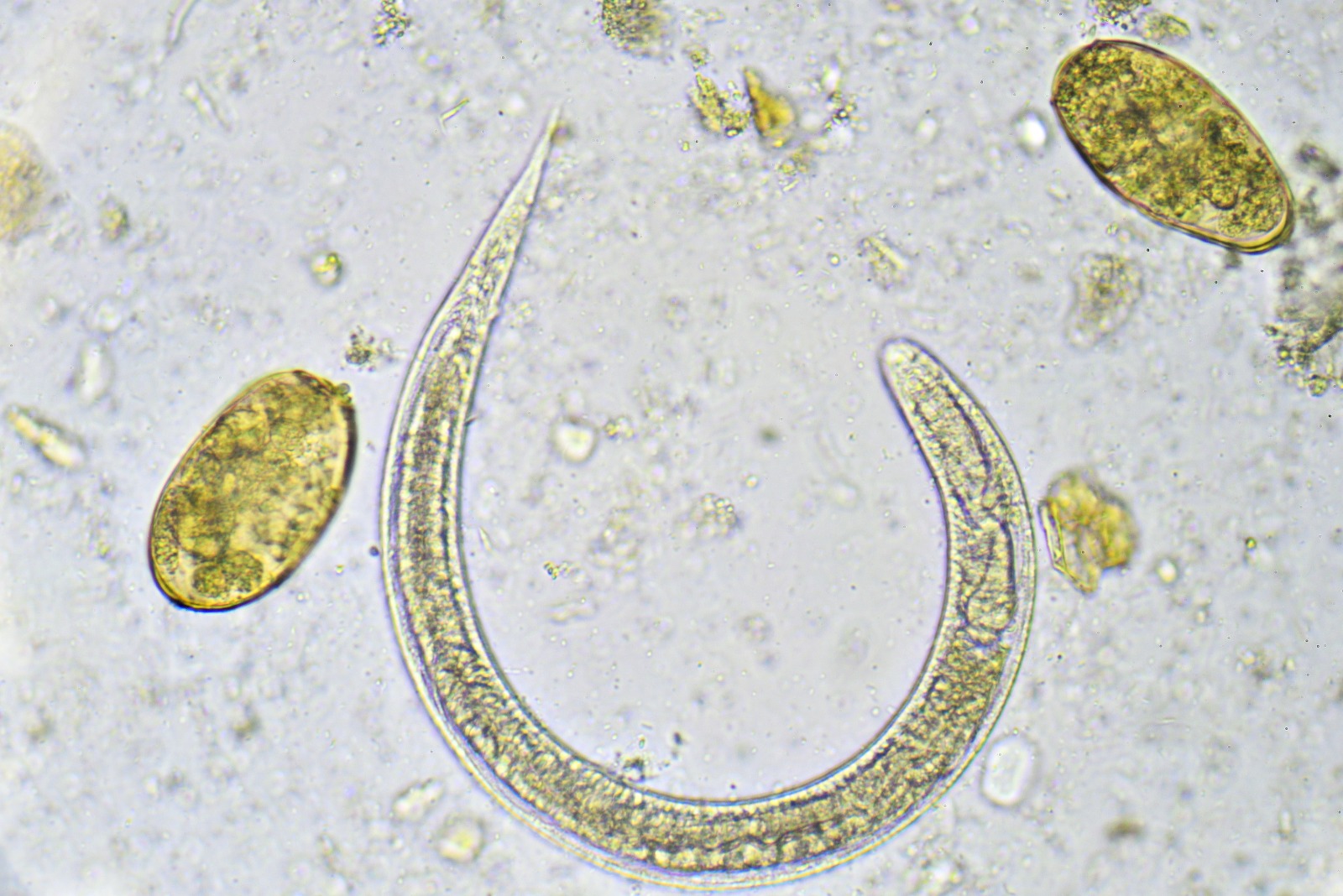- +353 (0)45 866266

| Test | Parasite detected | Comment |
| Faecal Egg Flotation | Hookworms Roundworms Tapeworms |
|
| Baermann technique | Lungworm | Detects shedding of lungworm larvae in faeces. Samples from three consecutive days should be tested as larval shedding may be intermittent. |
| Skin microscopy | Lice Mites | Pluck of hair from affected area required. |
Sign up for our newsletter and keep up to date with industry news!
Sign up for our newsletter and keep up to date with industry news!
Privacy Policy | Terms & Conditions
© Copyright Irish Equine Center. All Rights Reserved | Designed by DMC Consultancy LTD